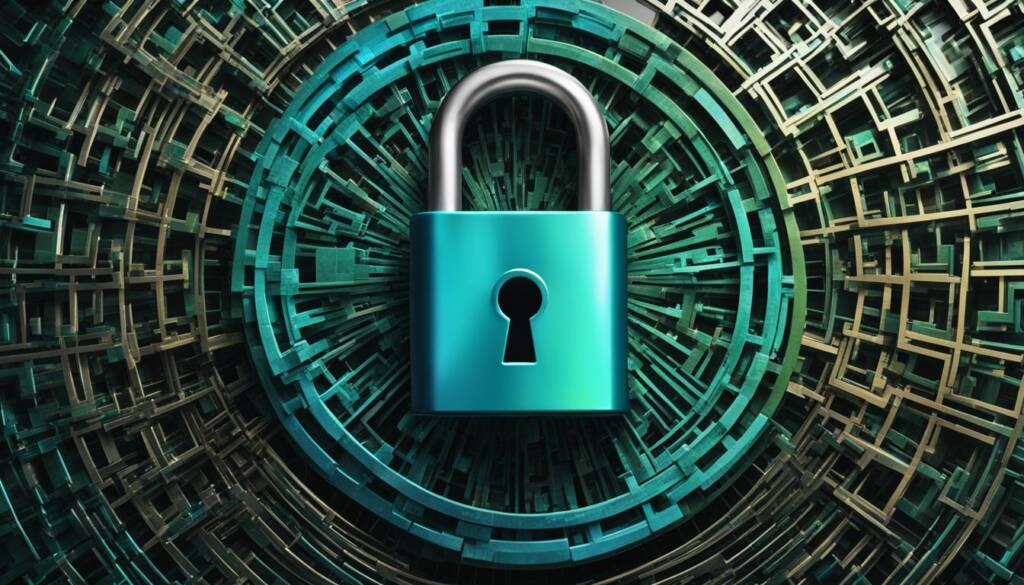Table of Contents
The MD5 (message-digest algorithm) is a cryptographic protocol used for authenticating messages, content verification, and digital signatures. It is based on a hash function that verifies files by comparing their signatures. The MD5 hashing algorithm converts data into a string of 32 characters, which is used to authenticate files.
MD5 is primarily used for authentication purposes and is no longer considered secure for encryption. It is important to note that MD5 hashes are 16 bytes long, with each hash consisting of 32 numbers and letters in hexadecimal form.
The MD5 algorithm is not reversible, meaning that it is impossible to generate the original file from its hash. However, it is vulnerable to collision attacks, where two distinct files share the same hash. As a result, MD5 is no longer considered a secure option for cryptographic purposes, and alternative algorithms like SHA (Secure Hash Algorithm) are recommended for enhanced security.
How Does MD5 Work?
The MD5 hashing algorithm is a mathematical hashing algorithm that generates a unique signature for files, enabling file authentication and exact file matching. When a file is processed through the MD5 algorithm, it generates a hash, which is a string of characters that represents the file’s content.
Here’s an overview of how MD5 works:
- The original file is processed through the MD5 algorithm.
- The MD5 algorithm applies a series of mathematical operations to the file’s data, producing a hash value.
- The generated hash value serves as a unique “fingerprint” for the file.
- When the file is sent or transferred, the hash value is also transmitted along with the file.
- On the recipient’s end, the received file is processed through the MD5 algorithm again, generating a new hash value.
- The recipient’s computer then compares the newly generated hash value with the transmitted hash value.
- If the two hash values match, it indicates that the file has not been altered during transmission.
- If the hash values differ, it signifies that the file has been tampered with or modified.
Signature Generation
The signature generation process in MD5 involves converting the file into a unique hash value. This hash value represents the content of the file, acting as a digital signature that can be used for file authentication.
By comparing the generated hash with the original hash, users can verify the integrity of the file and ensure that it hasn’t been modified in transit.
File Authentication and Exact File Matching
File authentication is the process of ensuring the integrity and authenticity of a file. MD5 facilitates file authentication by comparing the hash value of a received file with the hash value of the original file.
If the hash values match, it confirms that the received file is an exact match of the original file. This provides assurance that the file hasn’t been tampered with and that it is an authentic copy.
| Advantages of MD5 | Disadvantages of MD5 |
|---|---|
| Fast computation. | Security vulnerabilities. |
| Efficient for comparing file integrity. | Prone to collision attacks. |
| Widely supported and used. | Not suitable for cryptographic purposes. |
What is MD5 Used For?
MD5 has primarily been used for file authentication, ensuring the integrity of data during file transfers. Its main purpose is to verify that a copy of a file matches the original, providing a means of file verification. However, it is important to note that MD5 is no longer considered secure for data security and encryption due to the potential for MD5 collisions.
Authentication is the process of confirming the identity or integrity of a file or data. MD5 hashes are utilized in file authentication to compare the hash of a received file with the original hash to verify its authenticity. By comparing the hashes, one can determine if the file has been altered or tampered with during transmission.
Although MD5 used to be employed for data security and encryption, it is now vulnerable to MD5 collisions. A collision occurs when two different files produce the same MD5 hash, which poses a security risk. This vulnerability allows hackers to intentionally create a file with the same hash as a clean file, compromising the overall security of MD5-based encryption systems. Therefore, if data security is a concern, it is recommended to use encryption software or enable WiFi encryption protocols for enhanced data protection.
MD5 vs. SHA: Which is Better?
When comparing the MD5 (Message Digest Algorithm 5) and SHA (Secure Hash Algorithm), it’s essential to consider their complexity and collision resistance. Over time, MD5 has become less secure due to advancements in computing power, making it vulnerable to collision attacks. In contrast, SHA addresses these vulnerabilities by providing a longer string of hexadecimal characters, enhancing security and resistance to collisions.
SHA outputs hashes of different lengths, depending on the algorithm used, such as SHA-1 or SHA-256. While MD5 remains useful for simple data verification, SHA is recommended for enhanced security, particularly for data encryption purposes. When using MD5 or SHA for data hashing and authentication, it is crucial for applications and protocols to clearly state the expected security services.
For optimal data encryption and integrity, choosing the right hash algorithm is essential. While MD5 was once widely used, its vulnerabilities have rendered it less secure. SHA, on the other hand, offers higher levels of security and is the preferred choice for modern applications. By utilizing SHA, businesses and individuals can ensure the confidentiality, integrity, and authenticity of their data.
FAQ
What is the MD5 hash function?
The MD5 (message-digest algorithm) is a cryptographic protocol used for authenticating messages, content verification, and digital signatures. It converts data into a string of 32 characters, which is used to authenticate files.
How does MD5 work?
MD5 works by processing entire files through a mathematical hashing algorithm to generate a signature or hash. This hash can be compared with the hash of the original file to authenticate its integrity.
What is MD5 used for?
MD5 is primarily used for file authentication and verifying that a copy of a file matches the original, ensuring data integrity during file transfers. It is no longer considered secure for data security and encryption purposes due to the possibility of a collision attack.
MD5 vs. SHA: Which is better?
When comparing MD5 and SHA (Secure Hash Algorithm), it is important to consider their complexity and collision resistance. While MD5 is still useful for simple data verification, SHA is recommended for enhanced security, especially for data encryption purposes.













